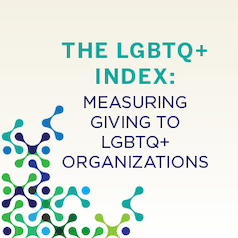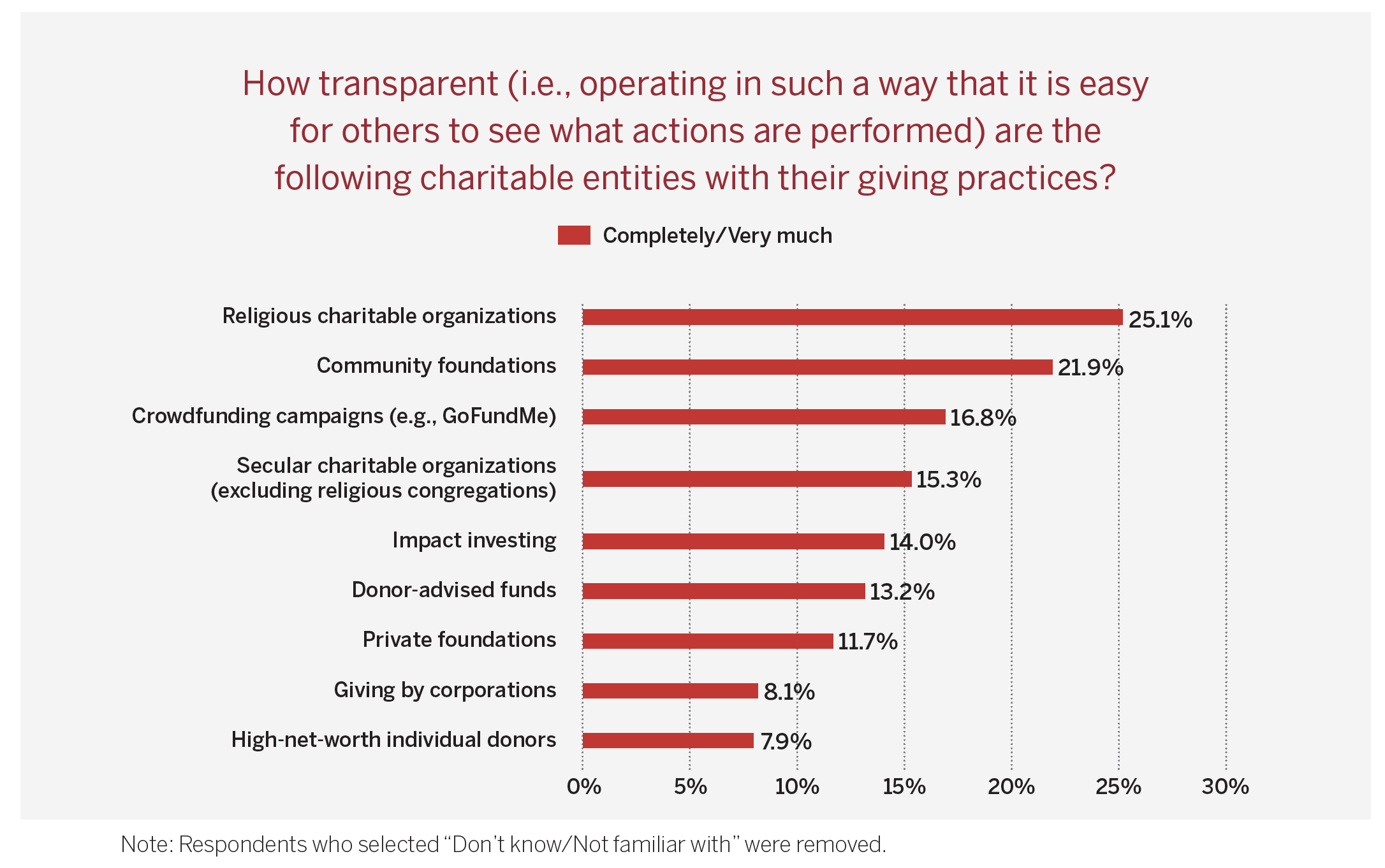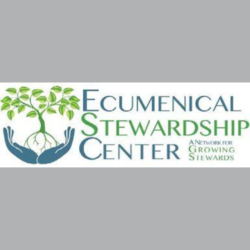The Power of Giving in Our Communities
The Power of Giving in Our Communities
As the director of Lake Institute, I spend most of my days directly focused on issues at the intersection of faith and giving. And so, when the algorithms of social media and google searches feed me regular debates on the questions, critiques, and concerns of philanthropy, I sometimes forget that’s not true for almost anyone else. Most people are simply focused elsewhere. The good news is that Americans are generally positive about philanthropy and nonprofits, but the bad news is that they really don’t know that much. For those us working in faith-based nonprofits, this is both a challenge and an opportunity.
Recently, the Lilly Family School of Philanthropy (LFSOP) released a report, What Americans Think About Philanthropy and Nonprofits, that examined individuals’ public awareness, attitudes, and perceptions of philanthropic and charitable institutions. The report has a number of lessons for nonprofits overall, and there are particular takeaways for those working at the intersections of faith and giving as well.
Trust and Transparency
Many studies over the past few years have demonstrated a declining trust in institutions. Religious organizations still rank relatively high, but in a 2022 Gallup survey, only 31 percent of Americans had a great deal of confidence in organized religion, down six percentage points from the previous year. In the midst of political polarization, economic uncertainty, and ongoing cultural shifts, charitable religious organizations are not immune to trends of declining trust.
While trust is generally low across most institutions, in the LFSOP report, nonprofits were named as the societal institution most likely to be trusted completely or very much (39%). And among particular types of charitable entities, religious organizations maintained the highest levels of trust (36%) with community foundations right behind (31%).
Religious organizations were also ranked by Americans as the most transparent. Overall, that’s general good news for religious organizations. Trust and transparency are vital both for raising support and for providing services. More concerning may be the fact that only a quarter of respondents found any set of organizations very transparent.
Awareness
While declines in trust and transparency are a serious concern for all nonprofits, including congregations and faith-based organizations (FBOs), a further issue is simply the public’s lack of awareness of the role that nonprofits play in our society. When asked whether they or anyone in their immediate family had received services from a charitable organization or not-for-profit in the last year, less than six percent said yes. Perhaps respondents did not connect with the question, but it is worrisome that they did not stop to think of the schools, congregations, museums, hospitals, or other non-profits that they had surely encountered over the past year.
Maybe it’s a lack of knowledge, or perhaps it’s more a lack of concern. We simply take for granted how prevalent nonprofits are in our everyday lives. When the survey asked about specific issues such as foundation payout rates, donor-advised fund regulation, and universal charitable deductions and tax policy, respondents’ eyes glazed over. Very few Americans are tuned into these issues. While debates and critiques around formal philanthropy matter, the bigger issue for nonprofits may be making the general case for relevance.
Telling Your Story
There are few FBOs with the resources for large marketing budgets and major public awareness campaigns. At the same time, that doesn’t mean we cannot offer a compelling story. At Lake Institute, when we teach faith-based fundraising, we spend a significant amount of time on the art of storytelling. What is it that your organization does, for whom, and why? How can the stories we share align with donors and members in our communities? To build trust and awareness, we need narratives that can help those entrusted to our care to see themselves as a part of our work, and we need to tell those stories more often, more transparently, and more directly.
We do not benefit from being “best kept secrets” in our communities. If we have assumed in years past that the public understands what we do and why we do it, recent surveys are demonstrating that this is no longer true. We have to make to our case. We have a great case to make, but we must not be shy in letting people know what we do, why we do it, and how others can benefit by coming alongside. As leaders in faith-based nonprofits, our job is raising support for our cause as well as connecting to the passions of individuals and finding multiple ways for them to engage in shared work.
A decline in institutional trust and lack of awareness of the role of charitable organizations in our society is a challenge. The need to make a fresh case for why the work we do matters for our community and for individual donors is an opportunity. Let’s seize the opportunity to make a fresh case for support for the awareness for the need of our FBOs and the power of giving in our communities.
Questions for Reflection
-
- Review the charts shared in the article above. Where do you see your organization within the data? How can you use this data to build trust and transparency?
- In what ways can your organization improve your storytelling? How can you increase awareness of the work you do?
Expanded Perspective
by Tasha Gibson
For about two and half years, I was an assistant to the executive director and publisher of a faith-based nonprofit news organization, Baptist News Global (BNG). My favorite part of the job was related to fundraising for BNG’s annual fund.
I spent a lot of time preparing campaign letters that my boss wrote, sending thank you letters and receipts for each gift, and tracking all of those gifts in a database that I helped to maintain. And each week, I attended a variety of virtual webinars to both learn new ways to use our database, and to learn more and more about fundraising as a profession. One of the resources that stood out to me was the Association of Fundraising Professionals’ (AFP) Code of Ethics.
What if religious institutions described, in writing, what behaviors they could use to guide their religious fundraising practices?
The Lilly Family School of Philanthropy recently released the report, “What Americans Think About Philanthropy and Nonprofits” based on research funded by the William and Flora Hewlett Foundation. As David wrote in this issue’s Insights article, the report presents both challenges and opportunities for faith-based nonprofits. There are opportunities to build trust, transparency, compelling stories, awareness, and a philanthropic identity.
I would offer yet another opportunity that can be a part of the other previously mentioned opportunities. Building on David’s good reflection, religious institutions can also build a set of rules of engagement in their own religious fundraising.
There may still be questions for faith-based nonprofit organizations to answer, based not only on the legal rules and ethics, but also informed by the tenets of their particular faith tradition, religious texts, and organization’s mission, vision, and values. (1) Who decides whether or not we apply for that grant? (2) What gifts can we receive and why? (3) How do we store, protect, or share information about donors and funders? (4) When do we tell the congregation about our religious fundraising rules? Those questions are just to name a few.
For your religious institution’s rules to be effective, they do not need to be like the AFP Code of Ethics. However your faith-based nonprofit organization chooses to create, strengthen, or revise your religious institution’s rules of engagement for religious fundraising will be good work. That good work can help build trust, transparency, compelling stories, awareness, and a philanthropic identity for the greater good.
The LGBTQ+ Index
 Launched in May 2023, the LGBTQ+ Index is a groundbreaking tool that measures charitable giving to U.S. organizations serving the LGBTQ+ community. Created by the IU Lilly Family School of Philanthropy, this webpage includes a link to a searchable database of organizations included in the LGBTQ+ Index; a research report, infographic, and case studies of LGBTQ+ organizations; key statistics from the research; a link to download the full list of LGBTQ+ Index organizations; and FAQs about the Index.
Launched in May 2023, the LGBTQ+ Index is a groundbreaking tool that measures charitable giving to U.S. organizations serving the LGBTQ+ community. Created by the IU Lilly Family School of Philanthropy, this webpage includes a link to a searchable database of organizations included in the LGBTQ+ Index; a research report, infographic, and case studies of LGBTQ+ organizations; key statistics from the research; a link to download the full list of LGBTQ+ Index organizations; and FAQs about the Index.
Ecumenical Stewardship Center Resources
In 2021, the Ecumenical Stewardship Center closed and gifted all their resources to
Lake Institute. Since then we created a resource library to hold all the articles, tools, videos and much more that came out of their good work. We invite you to explore the library and discover all the great resources created by ESC!
Subscribe
Insights is a bi-weekly e-newsletter for the religious community and fundraisers of faith-based organizations that provides:
- Reflections on important developments in the field of faith and giving
- Recommended books, studies and articles
- Upcoming Lake Institute events





